Before you’re finished with this Learning Path, we recommend you take this short quiz. After answering the questions you’ll have:
- an understanding of why it is important to work with purpose and the WHY
- an understanding of how to balance purpose and profit
- an overview of some concrete tools that help you find your organization’s and your teams WHY.
Finalize this Learning Path by taking this quiz:









